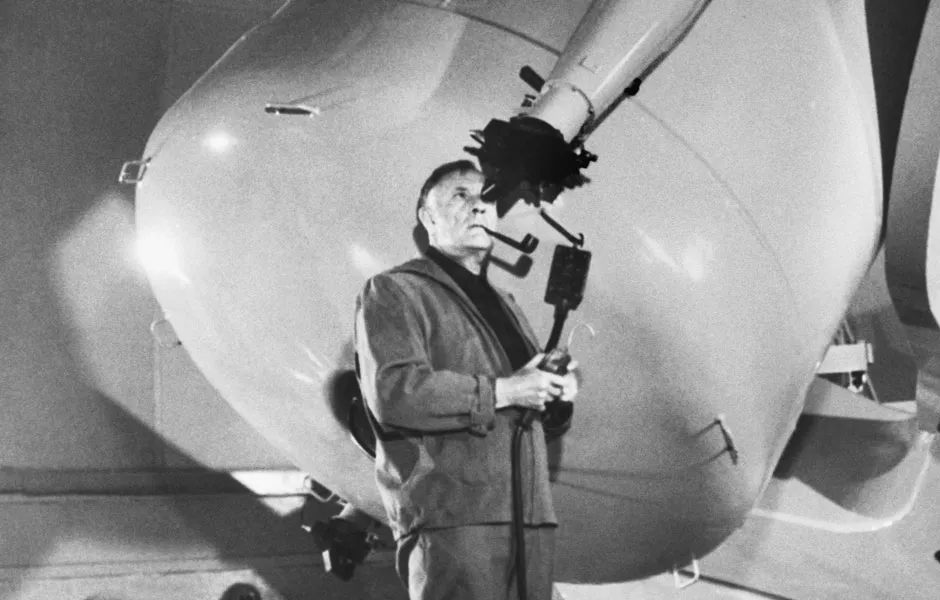Launching into Earth orbit 25 April 1990, The Hubble Space Telescope has been observing the distant Universe for over 30 years.
Designed to examine ultraviolet, visible, and infrared light waves, the solar-powered space telescope collects about 40,000 times more light than the human eye.
This has allowed Hubble to capture some of the most awe-inspiring photographs known to humankind, including images of remote tadpole galaxies, star births, nebulae and supernovae.
But despite all its amazing discoveries, you may have several questions about this technological marvel. Questions like ‘How far can the Hubble Space Telescope see?’, 'How big actually is it?' and ‘What will replace it?’.
Find out the answers (and else everything you need to know about the NASA satellite) below.
How far can the Hubble Telescope see?
The furthest galaxy ever observed by the Hubble telescope is the GN-z11 galaxy, about 13.4 billion light-years away.
As the galaxy is so far away and light can only travel so fast (299,792,458 meters a second), Hubble is effectively looking back in time when viewing very distant objects.
Although Hubble viewed GN-z11 as it was about 13.4 billion years ago, the galaxy will now be located around 32 billion light-years from Earth owing to the Universe’s expansion.
How big is the Hubble Space Telescope?
Weighing 11,110 kg (just less than two African elephants), the Hubble Space Telescope is about 13.2m long – about the length of a bus.
The telescope relies on a huge 2.4m (7.8 ft) mirror to make its observations. When first launched, a tiny flaw in this mirror meant Hubble could not focus its lens, with all images captured appearing blurry.
Fortunately, three years later, in December 1993, the telescope was repaired by the Space Shuttle Endeavour crew across 11 days and five spacewalks. (You can listen to our podcast with the Kathryn Sullivan, who was part of the mission).
Where is the Hubble Space Telescope right now?
The Hubble Space Telescope orbits 547 kilometres (340 miles) above Earth and travels 8km (5 miles) every second. Inclined 28.5 degrees to the equator, it orbits the Earth once every 97 minutes.
It’s possible to track the Hubble Space Telescope's location in real-time here.
What has the Hubble Space Telescope discovered?
Through its 30+ year mission, the Hubble Space Telescope has taken more than 1.4 million observations, with 16,000 studies using this data.
The telescope has brought light to the causes of gamma-ray bursts,how planetary collisions work,the expansion of the Universeand evenhidden dark matter.
Hubble is also credited with discovering Pluto’s two moons (Nix and Hydra), and how nearly every major galaxy is anchored by a black hole at its heart. The telescope has also increased our understanding of the Universe’s age, the atmosphere of exoplanets and how galaxies evolve.
Read More:
Who was the Hubble Space Telescope named after?
The telescope is named in honour of Edwin Hubble (1889-1953), an astronomer who discovered many galaxies beyond our own using a telescope in California in the 1920s.
He is often credited as the man who confirmed the Universe is expanding, a finding that was announced in 1929.

Is the Hubble Telescope being replaced?
As it doesn’t have its own propulsion system, the Hubble Space Telescope is actually falling back to Earth. But very slowly: a report from September 2018 predicts a Hubble re-entry no earlier than 2027. The mean date is around 2038.
However, its successor, the James Webb Telescope (fitted with a 6.5-metre lens) is planning to be launched in 2021.
Read more about the Hubble Space Telescope: